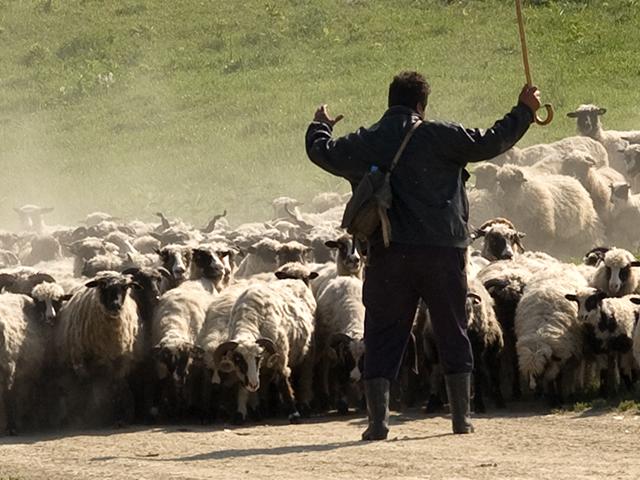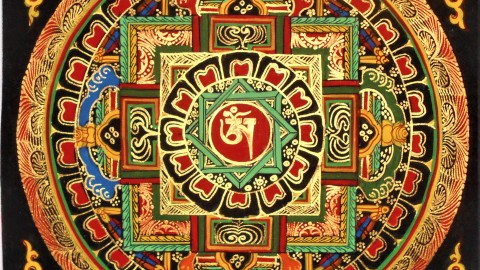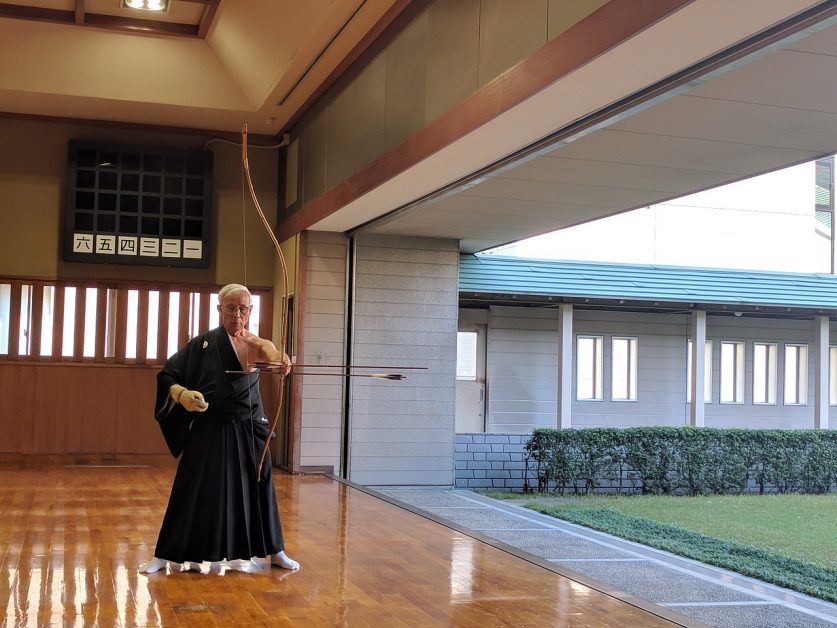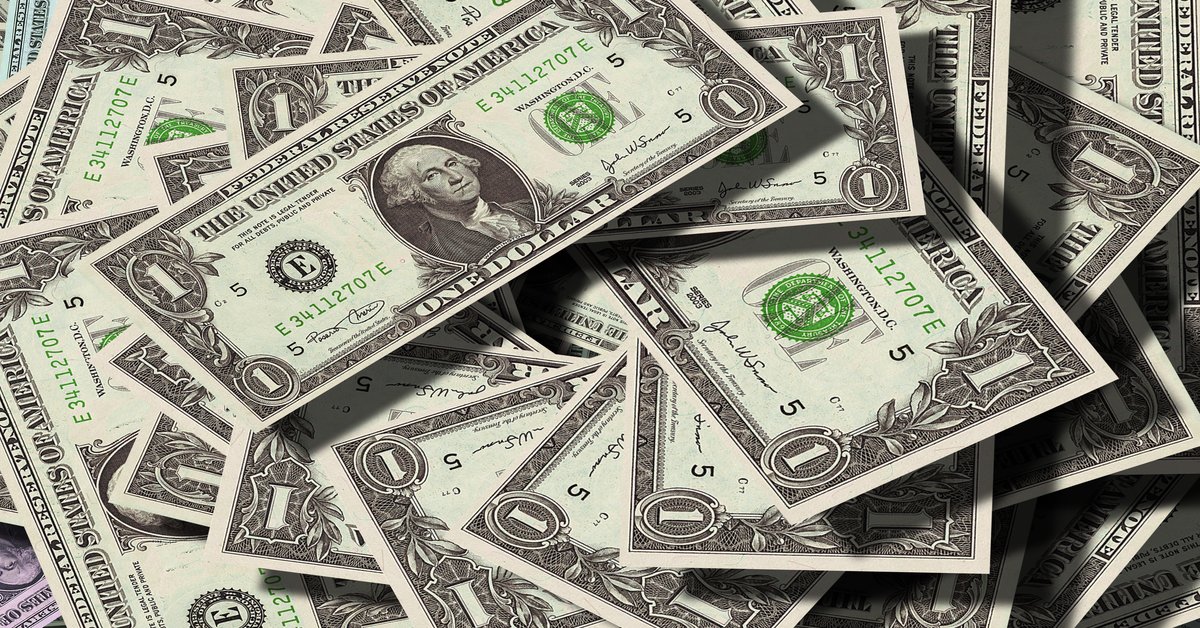Knowledge, Information and Experience
Ayurvedas uses Ghee as a remedy for various physical benefits.
FA = Fatty Acid
CVA = CardioVascular Disease
PUFA = PolyUnsaturated FAs
BA = Butyric Acid
Biochemistry and the Doshic Effects of Ghee
The ancient texts tell us that ghee has anti-pitta properties and that small amounts of it can stimulate agni without aggravating pitta. Ghee is relatively high in a volatile FA called Butyric Acid (BA) and it is this acid in the free form that gives the rancid smell of spoiled dairy products. BA is an important short chain (4 carbon) FA, and is one of the several short chain FAs that is also produced by anaerobic fermentation of undigested dietary fibers in the colon. Recent data have shown that colonic irrigation with solutions of BA not only relieve the inflammation associated with Crohn’s disease, but also results in transcriptional changes in gut mucosal cells that are associated with increased FA metabolism and decreased oxidative stress.
Ghee is said to increase agni. Increased agni can be viewed as an increase in energy expenditure. When one is burning calories effectively, the body will respond by increasing hunger to take in more food to support that expenditure. In the diabetic mouse model, BA has been shown to increase energy expenditure and reverse insulin insensitivity, which from an Ayurvedic standpoint is viewed as compromised agni of Kapha origin. Further, BA has been shown to have anti-tumor activity [29, 30] which can be attributed to pacifying Kapha dosha. These data can be interpreted as increasing agni by pacifying Kapha but without aggravating Pitta.
Ghee is an important medicine in Ayurveda having tridoshic and doshic specific rasayana properties. In the West, the use of ghee as medicine has been circumspect because of its association with dairy products and saturated fatty acids. Ghee is a liquid at body temperature and is only ~ 68% saturated which means it cannot go in to an organism and suddenly become “solid”. Cholesterol, which is found in ghee esterified to FAs has been implicated in CVD, but research through the years has demonstrated that cholesterol is not the causative agent for atheroma formation. Although, cholesterol does not appear to be the causative agent, controlling the biosynthesis of cholesterol has reduced the primary and secondary risks associated with elevated serum cholesterol. That said, the amount of cholesterol in 1-3 tablespoons of ghee is in line with the NHILBI’s recommendations for a low fat/low cholesterol diet. Further, attention is turning from cholesterol specifically to the role of -3 and -6 PUFAs in CVD. Our current corn based food chain system has shifted the ratio of PUFAs favoring -6 over -3. Animals fed grass based diets produce products that are higher in -3 than -6. -6 PUFA involvement in pro- inflammatory processes versus -3 involvement in anti-inflammatory processes may explain the high degree of CVD risk seen in the West. The body of evidence on ghee in specific, controlled Western style clinical trials is small, yet promising for explaining the Ayurvedic actions of ghee to the Western medical community. Regardless, the ancient texts of Ayurveda clearly state the many medicinal applications of ghee and it is considered one of Ayurveda’s most potent medicines. Perhaps going forward, more Western style research will be done to support the many Ayurvedic medicinal claims for ghee, but that remains to be seen. On the other hand, the predictive value of the science that is Ayurveda should be enough for most practitioners to have confidence using ghee in the treatment of appropriate patients.
Tags: Be Creative Nourish The Self










